History, Art and Culture: December 2024 Current Affairs | General Test Preparation for CUET UG - CUET Commerce PDF Download
Akal Takht
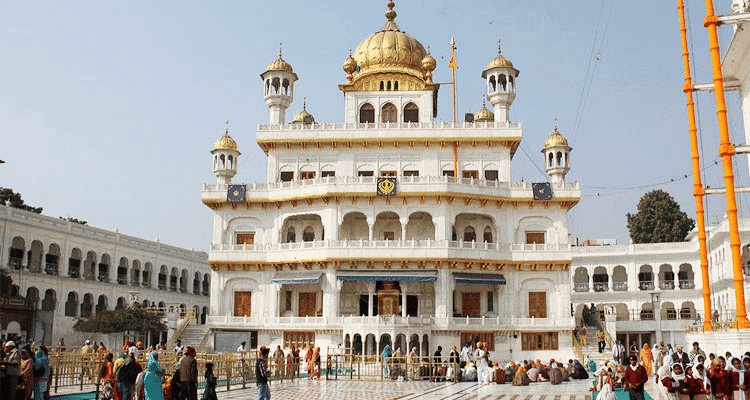
Why in News?
The Akal Takht, which serves as the supreme spiritual and temporal authority of the Sikh community, has recently imposed a religious punishment (Tankha) on Sukhbir Singh Badal, the President of the Shiromani Akali Dal (SAD). This decision arises from allegations of misgovernance during the SAD's rule in Punjab from 2007 to 2017. This action has ignited discussions regarding the authority of the Akal Takht and its dynamics with both the SAD and the Shiromani Gurdwara Parbandhak Committee (SGPC).
Key Takeaways
- The Akal Takht was established in 1606 by Guru Hargobind as a response to Mughal oppression.
- It symbolizes Sikh sovereignty and serves as a platform for governance and justice.
- The Jathedar of the Akal Takht plays a crucial role in moral and spiritual accountability within the Sikh community.
Additional Details
- Historical Significance: The Akal Takht was founded by Guru Hargobind after the execution of his father, Guru Arjan Dev, symbolizing resistance against Mughal rule. It is located within the Golden Temple complex and stands as a symbol of Sikh sovereignty.
- Spiritual and Temporal Authority: As one of the five Takhts in Sikhism, the Akal Takht holds the highest position, combining spiritual guidance with temporal governance. It is the origin of Hukamnamas (edicts) that guide the Sikh community.
- The Jathedar, who heads the Akal Takht, is responsible for summoning Sikhs for accountability and prescribing punishment to instill discipline.
- Relationship with SGPC and SAD: The SGPC, formed in 1920, manages Sikh gurdwaras and has the legal authority to appoint the Jathedar, leading to intertwined influences with the SAD.
- Challenges: The Akal Takht faces challenges such as political interference, erosion of autonomy, and fragmentation within the Sikh leadership.
- To ensure the Akal Takht remains relevant in modern times, it is essential to consider measures such as establishing independent appointments for the Jathedar, reinstating Sarbat Khalsa assemblies for collective decision-making, ensuring timely SGPC elections, and engaging with the global Sikh diaspora to enhance governance.
80-Pillar Assembly Hall of Kumhrar and Mauryan Architecture
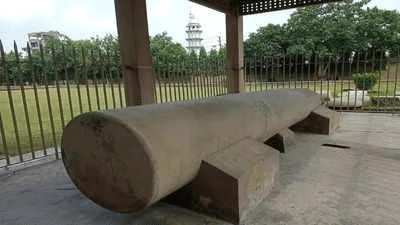
Why in News?
The Archaeological Survey of India (ASI) has initiated efforts to uncover the remnants of an 80-pillar assembly hall at the Mauryan archaeological site of Kumhrar, Patna. This initiative promises to rekindle global interest in the Mauryan empire and its contributions to art and architecture.
Key Takeaways
- The 80-Pillar Assembly Hall is historically linked to the Mauryan empire (321–185 BCE).
- Emperor Ashoka is believed to have convened the 3rd Buddhist Council in this hall.
- The site highlights Pataliputra's role as a political and cultural hub of the Mauryan empire.
Additional Details
- Historical Importance: The assembly hall is associated with significant events in Buddhism, including efforts to unify the Buddhist sangha and propagate Dhamma, shaping Buddhism as a global religion.
- Architectural Significance: The hall featured 80 sandstone pillars supporting a wooden roof and floor, showcasing advanced planning and resource management during the Mauryan period.
- Archaeological Discoveries:
- First Excavation (1912–1915): Discovered one intact pillar and evidence of destruction by fire.
- Second Excavation (1961–1965): Unearthed four additional pillars.
- Preservation Challenges: Rising water levels led to partial submergence of the site, requiring conservation measures in 2004-2005.
- Reopening of the Assembly Hall: The ASI is working to uncover the site due to a receded water table and rising interest in Mauryan heritage.
- The ASI plans to initially expose 6–7 pillars to study humidity and groundwater impacts, with further evaluations by an expert committee for public access.
Key Highlights of the Mauryan Art and Architecture
- Architectural Types: Mauryan architecture is divided into Court Art (for political and religious purposes) and Popular Art (widely accessible and influenced by local traditions).
- Mauryan Court Art:
- Palaces: Praised by historians, influenced by Achaemenid architecture, primarily constructed of wood.
- Pillars: Tall, monolithic sandstone pillars featuring a lustrous polish, inscribed with proclamations.
- Stupas: Characterized by a cylindrical drum and hemispherical mound, expressing Buddhist principles.
- Mauryan Popular Art:
- Cave Architecture: Used as viharas for monks, featuring polished interiors and decorative gateways.
- Sculptures: Yaksha and Yakshi sculptures prevalent in Jainism, Hinduism, and Buddhism.
- Pottery: Known as Northern Black Polished Ware (NBPW), used for luxury items.
Overall, the Mauryan architecture significantly contributed to India's cultural heritage through its innovative designs, monumental structures, and artistic expressions.
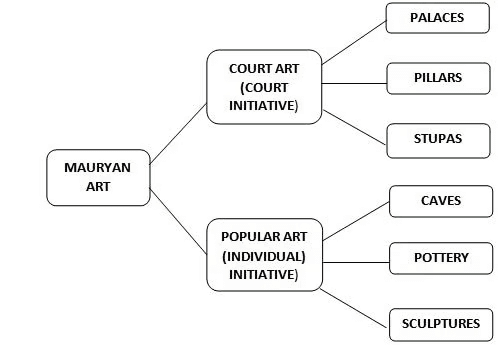
Birth Anniversary of C. Rajagopalachari
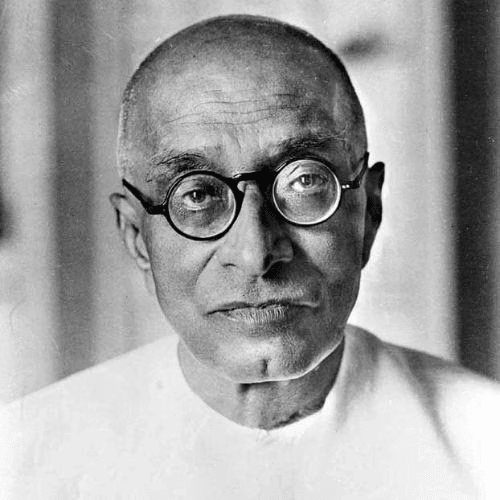
Why in News?
Lok Sabha Speaker Shri Om Birla paid floral tributes to Bharat Ratna Shri Chakravarti Rajagopalachari in Central Hall of Samvidhan Sadan on his Birth Anniversary.
Key Takeaways
- C. Rajagopalachari, commonly known as Rajaji, was born on 10 December 1878 in Thorapalli, Tamil Nadu.
- He played a significant role in India’s independence movement, influenced by his interaction with Mahatma Gandhi in 1919.
- Rajaji was jailed five times for his participation in various movements, including the Non-Cooperation movement and the Vaikom Satyagraha.
- He was elected to the Constituent Assembly from Madras and advocated for religious freedom and citizenship.
- In 1954, he was honored with the Bharat Ratna for his contributions to Indian politics and literature.
Additional Details
- Role in India’s Independence Movement: Rajaji dedicated himself to the freedom struggle, giving up his legal career to engage in significant national movements.
- Key Writings: He was an accomplished author, with notable works including English retellings of the Mahabharata and Ramayana, and the Tamil work "Ramayana – Chakravarti Thirumagan."
- Vaikom Satyagraha: It was a social reform movement in Vaikom, Kerala, during 1924-1925, marking the beginning of temple entry movements in India.
- C. Rajagopalachari's contributions to India's independence and literature remain influential and are commemorated on his birth anniversary.
Hornbill Festival
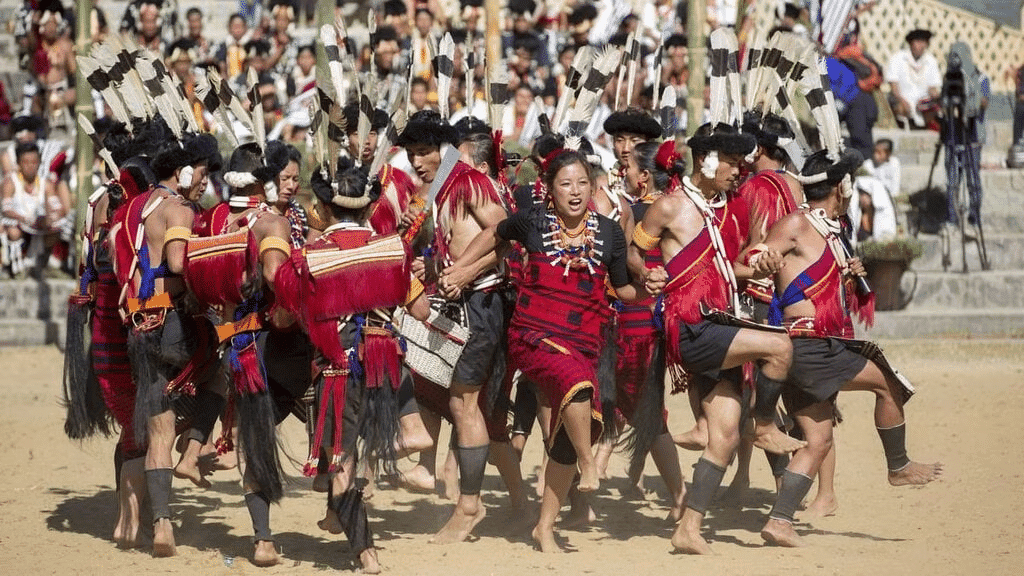
Why in News?
The Hornbill Festival, Nagaland's premier cultural and tourism event, is celebrated annually from December 1 to 10. This festival is significant for promoting inter-tribal interaction and preserving the rich heritage of Nagaland, merging traditional practices with modern elements.
Key Takeaways
- The festival was first organized in 2000.
- It is often referred to as the "festival of festivals."
- The event is organized by the State Tourism and Art & Culture Departments of the Government of Nagaland.
- The venue is the Naga Heritage Village in Kisama, approximately 12 km from Kohima.
- The festival celebrates the diverse cultural heritage of Nagaland's tribes.
Additional Details
- Theme of 2024 Festival: The Hornbill Festival 2024 will focus on “Cultural Connect,” highlighting Nagaland's rich heritage and cultural diversity.
- Activities include Naga wrestling, traditional archery, food and herbal medicine stalls, fashion shows, beauty contests, and musical concerts.
- This year, a special exhibition titled “Naga-Land & People in Archival Mirror” will be hosted by the Archives Branch in collaboration with the National Archives of India.
- The Hornbill Festival not only showcases the vibrant traditions of Nagaland but also serves as a platform for cultural exchange, making it a significant event for both locals and visitors alike.
Cultural Exchange and Growth of Kashmir’s Craft Industry
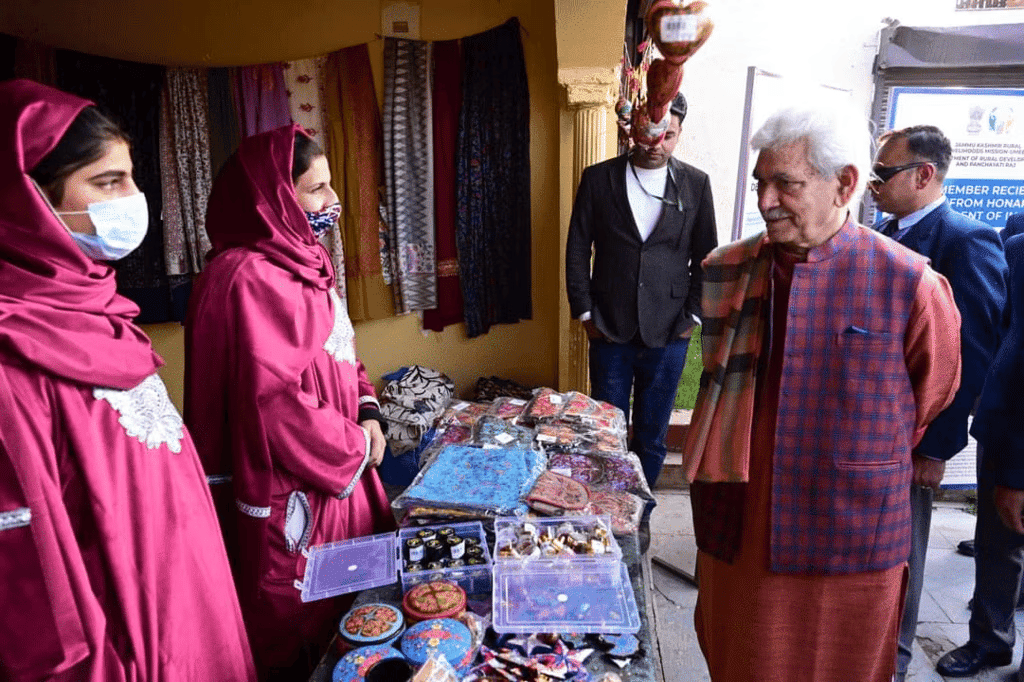
Why in News?
Recently, artisans from Kashmir and Central Asia came together in Srinagar for a three-day craft exchange initiative. This event aimed to celebrate their shared heritage and revive cultural connections that have been dormant for nearly 500 years. The occasion also marked Srinagar’s recognition as a "World Craft City" by the World Crafts Council (WCC).
Key Takeaways
- The event facilitated the reunion of artisans from Kashmir and Central Asia.
- Srinagar was recognized for its contributions to the craft industry and cultural heritage.
Additional Details
- Historical Craft Connections: The 9th Sultan of Kashmir, Zain-ul-Abidin, introduced Central Asian craft techniques to Kashmir in the 15th century with the help of artisans from Samarkand, Bukhara, and Persia. However, these connections weakened significantly after 1947.
- Craftsmanship Techniques:
- Wood Carving: Kashmiri artisans are known for intricate woodwork influenced by Central Asian techniques.
- Carpet Weaving: Persian knotting methods greatly influenced Kashmiri carpet weaving.
- Embroidery: The suzani embroidery from Uzbekistan is considered a precursor to Kashmir’s sozini work.
- World Craft City: The "World Craft City" initiative, launched in 2014 by WCC, recognizes cities for their contributions to cultural and economic development through crafts.
- Key Crafts of Srinagar:
- Pashmina Shawls: Renowned for their fine quality and intricate patterns.
- Kashmiri Carpets: Known for rich designs and traditional Persian styles.
- Paper Mâché: An art form that evolved from simple pen cases to intricate decorative objects.
- Embroidered Textiles: Features techniques like Sozni and Aari work.
- Copperware: Traditional crafts including samovars and tea sets.
- Khatamband: A unique ceiling art using geometric patterns of wood.
Artisans can benefit significantly from cross-border cultural exchanges by enhancing their skills, expanding their market reach, and acting as cultural ambassadors, thereby contributing to a global cultural dialogue.
Challenges Faced by Kashmiri Artisans
- Workforce Participation: Approximately 92% of artisans rely on crafts as their main income source, but many have to engage in secondary livelihoods due to insufficient earnings.
- Gender and Wage Disparities: There are significant wage gaps between male and female artisans, particularly in male-dominated crafts.
- Declining Interest in Craft: Younger generations are increasingly abandoning traditional crafts for more stable employment opportunities.
- Lack of Innovation: The craft sector struggles with modernization to meet changing market demands.
Way Forward
- Government Support: Promoting GI Tag recognition for crafts can enhance their status and marketability.
- Educational and Training Programs: Investing in skill development can help preserve traditional crafts while adapting to global markets.
- Tourism Integration: Craft tourism can provide artisans with direct access to consumers.
- Sustainability Practices: Encouraging the use of eco-friendly materials can attract environmentally conscious consumers.
|
164 videos|800 docs|1155 tests
|
FAQs on History, Art and Culture: December 2024 Current Affairs - General Test Preparation for CUET UG - CUET Commerce
| 1. What is the significance of Akal Takht in Sikh history? |  |
| 2. What are the key features of the 80-Pillar Assembly Hall of Kumhrar? |  |
| 3. Why is the birth anniversary of C. Rajagopalachari celebrated? |  |
| 4. What is the Hornbill Festival, and why is it important? |  |
| 5. How has the craft industry in Kashmir evolved through cultural exchange? |  |
















